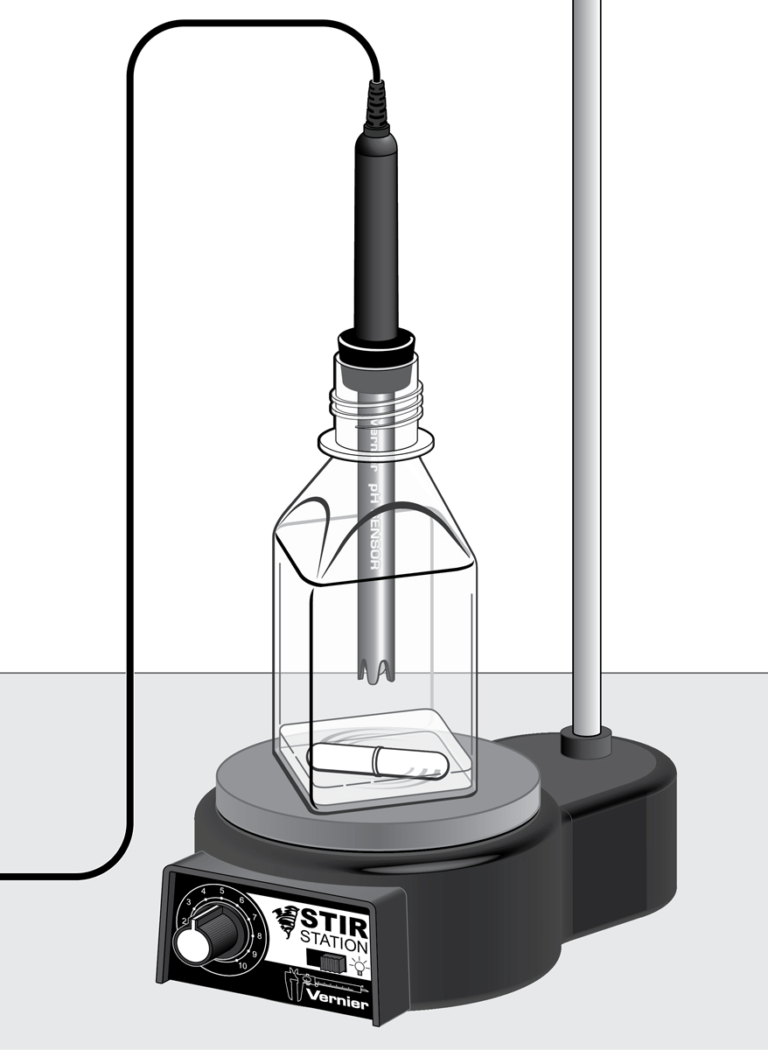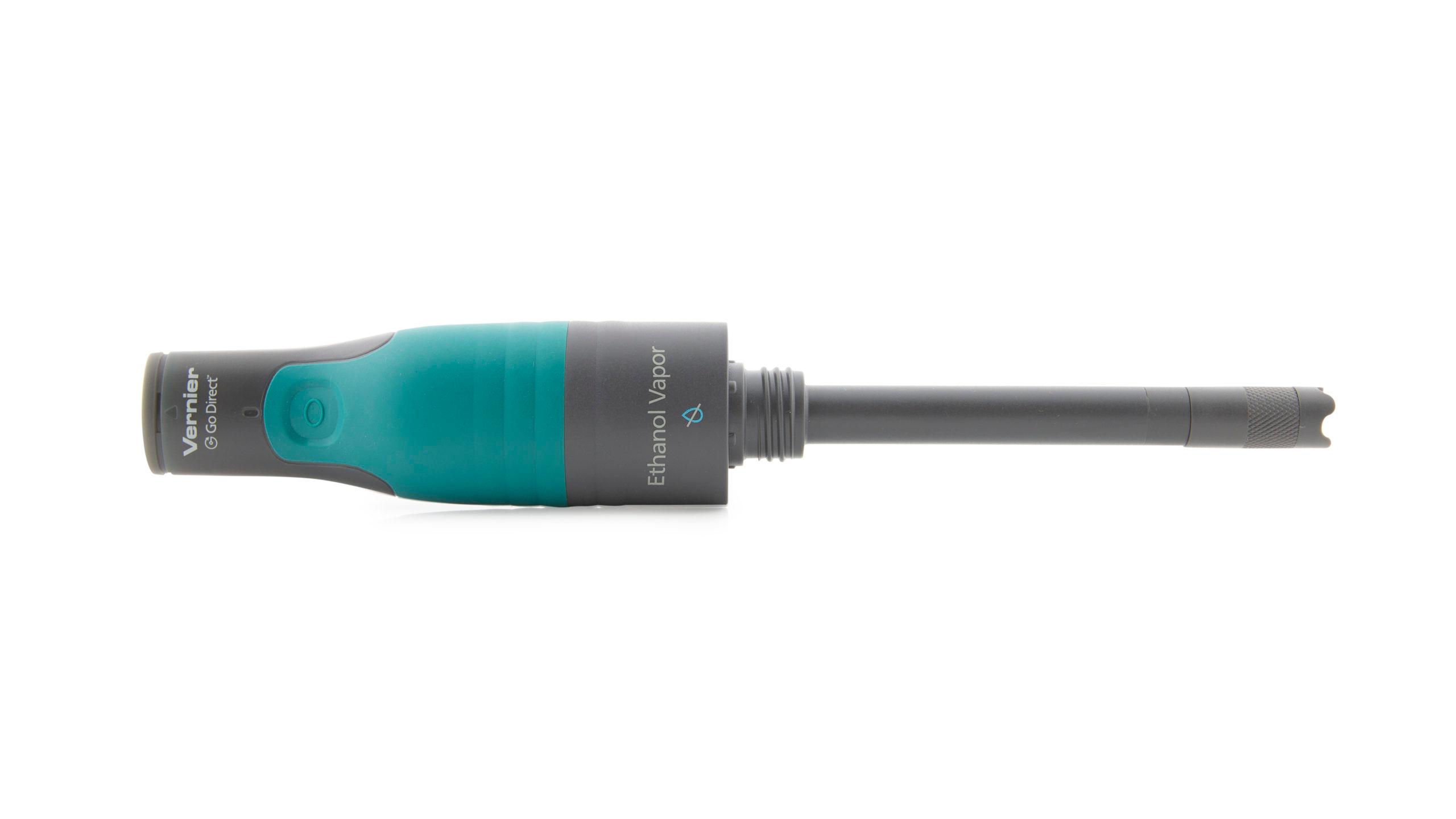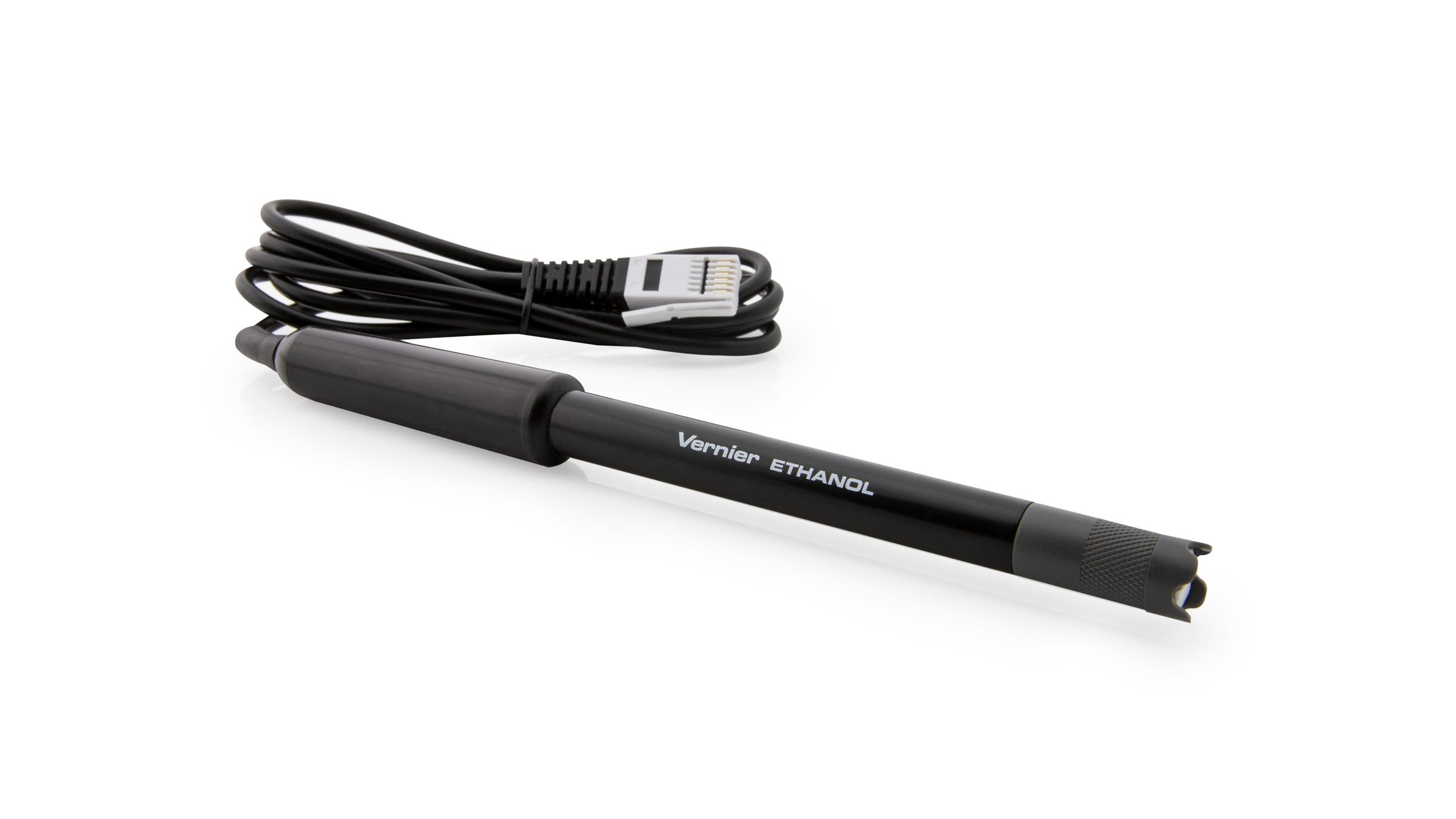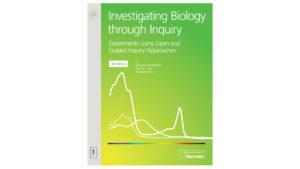Sugar Metabolism with Yeast (Ethanol)
Experiment #10B from Investigating Biology through Inquiry
- Subject
- Biology

Introduction
Yeast are able to metabolize some foods, but not others. In order for an organism to make use of a potential source of food, it must be capable of transporting the food into its cells. It must also have the proper enzymes capable of breaking the food’s chemical bonds in a useful way. Sugars are vital to all living organisms. Yeast can metabolize sugar in two ways, aerobically, with the aid of oxygen, or anaerobically, without oxygen. When yeast metabolizes a sugar under anaerobic conditions, ethanol (CH3CH2OH) and carbon dioxide (CO2) gas are produced. An equation for the fermentation of the simple sugar glucose (C6H12O6) is:
If sugars are readily available, baker’s yeast (Saccharomyces cerevisiae) prefers to metabolize glucose and other sugars anaerobically, through fermentation. This is also known as the Crabtree effect. The metabolic activity of yeast can be determined by the measuring the rate of ethanol production using an Ethanol Sensor inside a fermentation vessel. The rate of ethanol production is a direct indicator of the rate of fermentation.
In the Preliminary Activity, you will use an Ethanol Sensor to determine the rate of fermentation of glucose by yeast.
After completing the Preliminary Activity, you will first use reference sources to find out more about sugars, respiration, and yeast. You will then choose and investigate a researchable question dealing with the respiration of sugars by yeast. Some topics to consider in your reference search include the following:
- sugars
- carbohydrates
- monosaccharides
- disaccharides
- polysaccharides
- yeast
- enzymes
- metabolism
- aerobic respiration
- anaerobic respiration
Objectives
- Identify variables, design and perform the experiment, collect data, analyze data, draw a conclusion, and formulate a knowledge claim based on evidence from the experiment.
- Obtain graphic representations of fermentation rate.
- Determine fermentation rate by yeast while using different sugars.
- Determine which sugars can be used as a food source by yeast.
Sensors and Equipment
This experiment features the following sensors and equipment. Additional equipment may be required.
Option 1

Option 2

Correlations
Teaching to an educational standard? This experiment supports the standards below.
Ready to Experiment?
Ask an Expert
Get answers to your questions about how to teach this experiment with our support team.
- Call toll-free: 888-837-6437
- Chat with Us
- Email support@vernier.com
Purchase the Lab Book
This experiment is #10B of Investigating Biology through Inquiry. The experiment in the book includes student instructions as well as instructor information for set up, helpful hints, and sample graphs and data.

